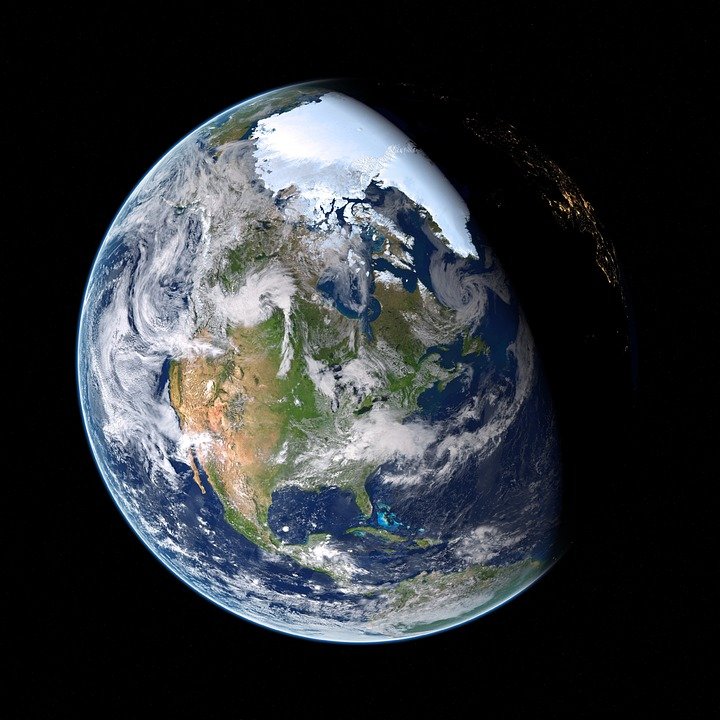Cultural Crossroads: How Traditional Practices Shape Modern Middle Eastern Societies
The Middle East, a region steeped in history and rich in diversity, represents a fascinating confluence of cultures, traditions, and modernity. At the heart of this melding is a complex tapestry of traditional practices that continue to shape contemporary societal norms, values, and identities. As the region grapples with rapid globalization and the ever-changing socio-political landscape, understanding the relationship between tradition and modernity is crucial for grasping the dynamics of modern Middle Eastern societies.
The Foundation of Identity
Traditions in the Middle East are often woven into the very fabric of identity. From culinary practices to religious rituals, these customs serve as a reference point for individuals navigating the complexities of modern life. For example, communal meals during Ramadan not only bear religious significance but are pivotal in reinforcing family bonds and community solidarity. In contemporary societies, where urbanization and individualism may threaten traditional familial structures, such practices offer an anchor, reminding individuals of their roots and cultural heritage.
The Role of Religion
Religion remains a significant influence on daily life in many Middle Eastern societies. Islam, in particular, shapes numerous aspects of culture, law, and personal conduct. The principles derived from religious teachings lead to customary practices that endure even as societies modernize. For instance, while women in cities like Dubai may adopt Western fashion trends, traditional attire such as the abaya remains a common sight, signifying a balancing act between contemporary lifestyle choices and cultural identity.
Moreover, religious festivals, whether Islamic holidays such as Eid al-Fitr or Christian observances like Christmas, serve not only as spiritual occasions but also as celebrations that bring communities together. These events offer a glimpse into the region’s pluralistic societies, showcasing how various religious traditions coexist and influence one another, enriching the cultural landscape.
Artistic Expressions and Craftsmanship
The arts in the Middle East are deeply rooted in tradition, with a rich history that includes music, dance, literature, and visual arts. Traditional music genres, such as maqam and folk dances like the debke, provide an expressive outlet that connects the past with the present. Meanwhile, contemporary artists are increasingly drawing upon traditional motifs, techniques, and narratives, creating a unique blend that resonates with both local and global audiences.
Handicrafts, such as pottery, weaving, and textile production, reflect centuries of artisanal skill and cultural narratives. In many communities, such crafts are not only a source of livelihood but also a means to preserve cultural heritage. Modern artisans often incorporate traditional designs and methods into contemporary products, appealing to both local consumers and international markets. This intersection of traditional craftsmanship and modern consumerism illustrates how cultural practices can evolve while retaining their significance.
Modern Challenges and Adaptation
While traditional practices play a crucial role in shaping modern Middle Eastern societies, these customs do not remain static. Globalization, technological advancement, and shifts in political landscapes present both challenges and opportunities for cultural adaptation. For instance, social media platforms have become vital tools for cultural expression, allowing individuals to showcase traditional practices in innovative ways. The rise of influencers who celebrate and reinterpret traditional attire or cuisine for a global audience exemplifies the intersection of tradition and modernity.
However, the rapid pace of change also poses risks to cultural heritage. Urban development projects, migration, and evolving social norms can lead to the erosion of traditional practices. Communities are faced with the challenge of preserving their cultural identity amidst these dynamics. Efforts to revive and promote traditional crafts, language, and practices highlight a collective desire to maintain cultural continuity in an ever-changing world.
Conclusion
The Middle East is a vibrant cultural crossroads where traditional practices play an instrumental role in shaping modern societies. As these customs adapt to contemporary challenges, they offer a means of navigating the complexities of identity in a globalized world. The interplay between tradition and modernity illustrates that cultural heritage is not merely a relic of the past, but a living entity that continues to evolve, informing the lives of individuals and communities across the region. In embracing both their rich traditions and modern influences, Middle Eastern societies are crafting a future that honors their past while looking ahead with resilience and creativity.


